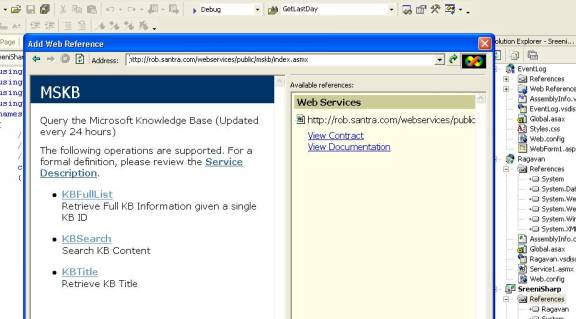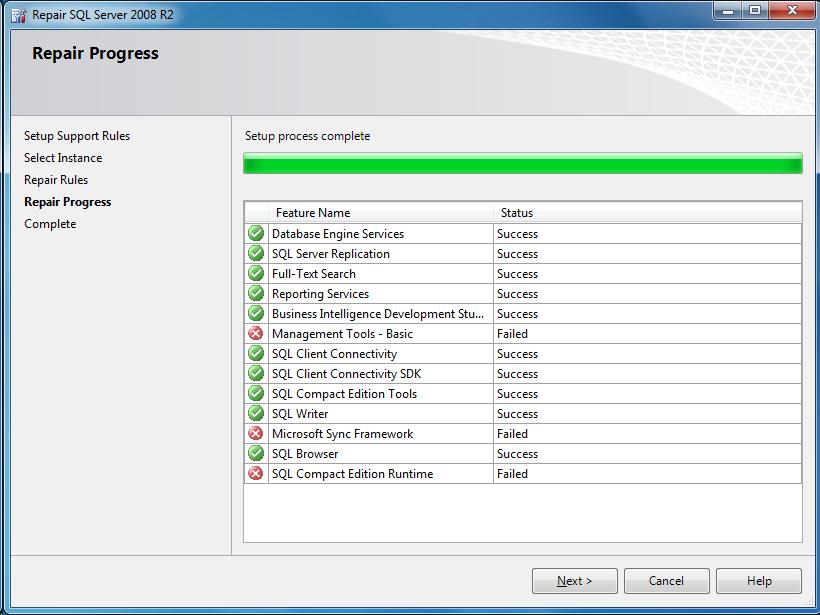
This means that once you apply an SSL certificate that’s trusted by the mobile devices to the Default Web Site in IIS, your mobile device users can create an EAS profile and immediately begin to synchronize the device with their respective mailbox. In addition, EAS is enabled for all user mailboxes. In this part two we’ll take a look at the new features and improvements that have been made available when it comes to managing mobile devices and Exchange ActiveSync enabled mailboxes.Įxchange ActiveSync (EAS) is enabled by default after an Exchange 2007 Client Access Server (CAS) has been deployed in your organization. In part one of this two part article series on mobile messaging with Exchange Server 2007, we uncovered the new mobile device features and improvements available with a combination of Windows Mobile 6.0 devices and Exchange Server 2007. The update was successfully installed if the Malware Protection Engine version number or the signature package version number matches or exceeds the version number that you are trying to verify as installed.If you missed the first part of this article series please read Mobile Messaging with Exchange Server 2007 – Part 1: New Device Features and Improvements. Select Help, and then select About Microsoft Endpoint Protection.Open the malware protection program that you are using.To verify that the update was applied to an affected system, follow these steps:

Microsoft Antimalware for Azure Restart requirement The update was successfully installed if the Malware Protection Engine version number or the signature package version number matches or exceeds the version number that you are trying to verify as installed. In the navigation pane, select Settings, and then select About.Under Virus & threat protection updates in the main window, select Check for updates.In the navigation pane, select Virus & threat protection.For example, type Security in the Search bar, and select the Windows Security program. To verify that the update was applied to an affected system, follow these steps: For more information about why you may be prompted to restart your computer, see the following Knowledge Base article:Ĩ87012 Why you may be prompted to restart your computer after you install a security update on a Windows-based computer If this behavior occurs, you receive a message that advises you to restart.

However, if the required services cannot be stopped for any reason, or if required files are being used, this update will require a restart. The installer stops the required services, applies the update, and then restarts the services.

Windows Defender antivirus Restart requirement


 0 kommentar(er)
0 kommentar(er)
